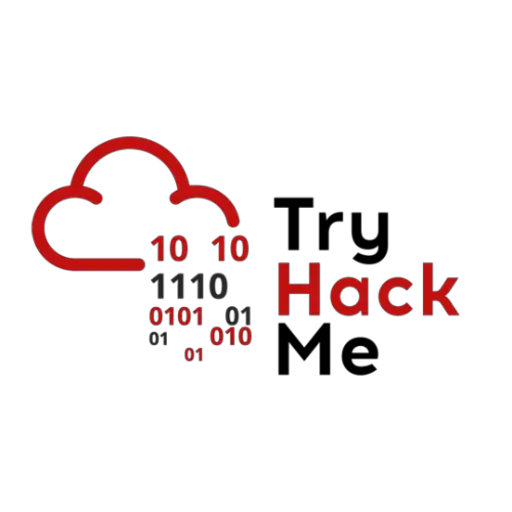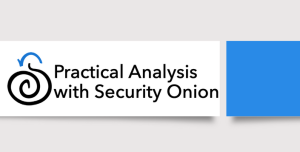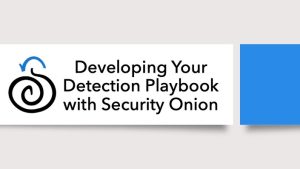
Attack Emulation tools help you measure, monitor, and improve your security controls by executing scripted attacks. Atomic Red Team is a community developed open-source library of these scripted attacks that are mapped directly to the MITRE ATT&CK Framework. There are several frameworks available for executing these scripted attacks including MITRE CALDERA and VECTR.
This class will provide an overview of the MITRE ATT&CK framework and give you in-depth, hands-on knowledge of how to execute scripted attacks that exercise many of the techniques defined in MITRE ATT&CK. You will be provided with hands-on lab instructions for emulating a variety of attacks and creating visualizations using the MITRE ATT&CK Navigator. At the end of this class, you will have the knowledge and tools to begin executing simulated attacks within your own test environment, allowing you to create and validate detections in a script-able and consistent way.
Antisyphon: Attack Emulation Tools: Atomic Red Team, CALDERA and More w/ Carrie Roberts








